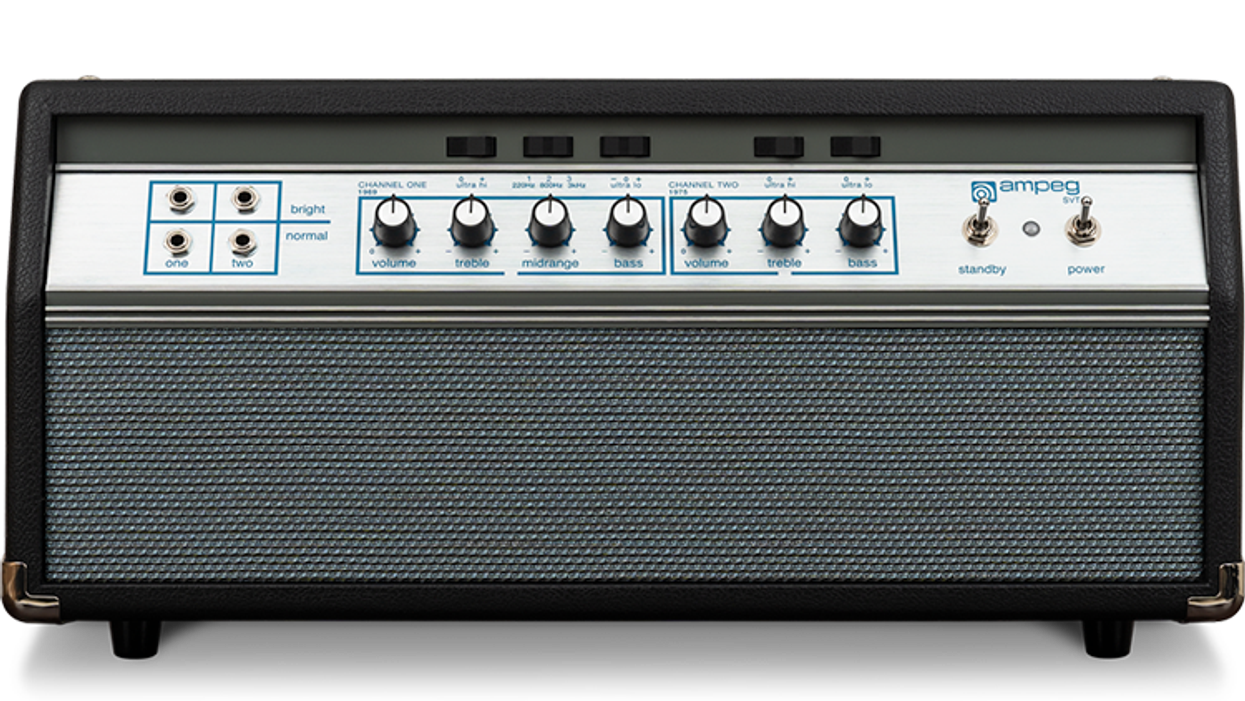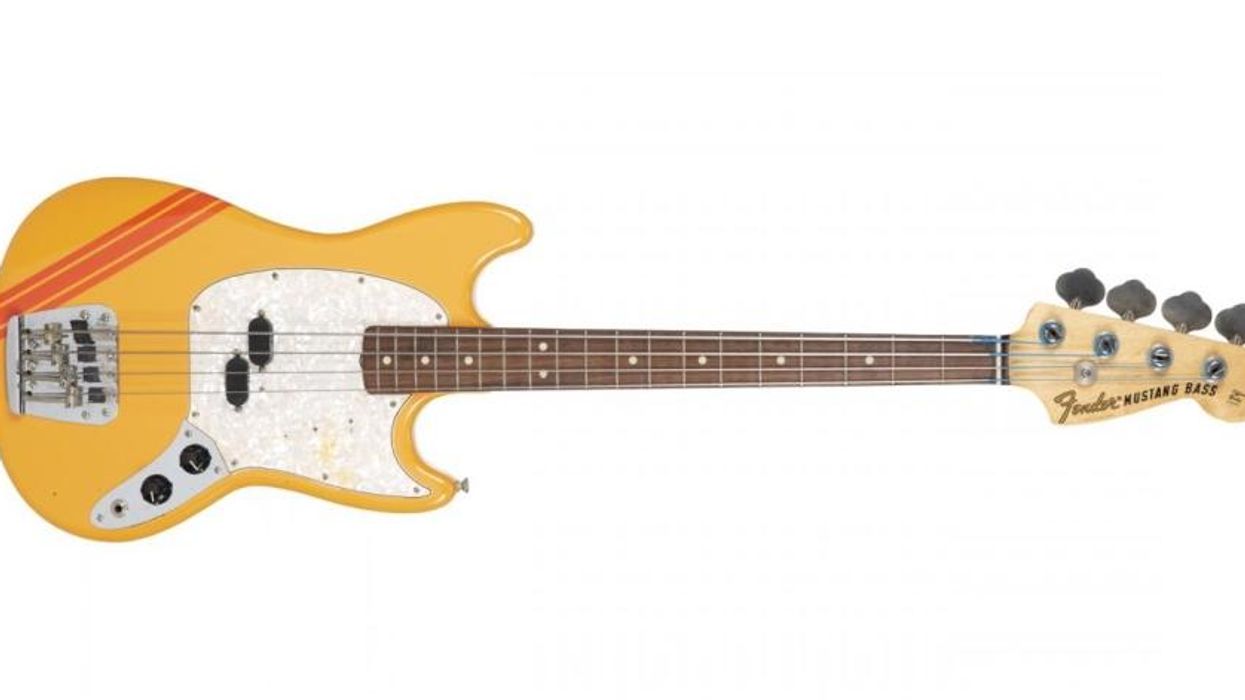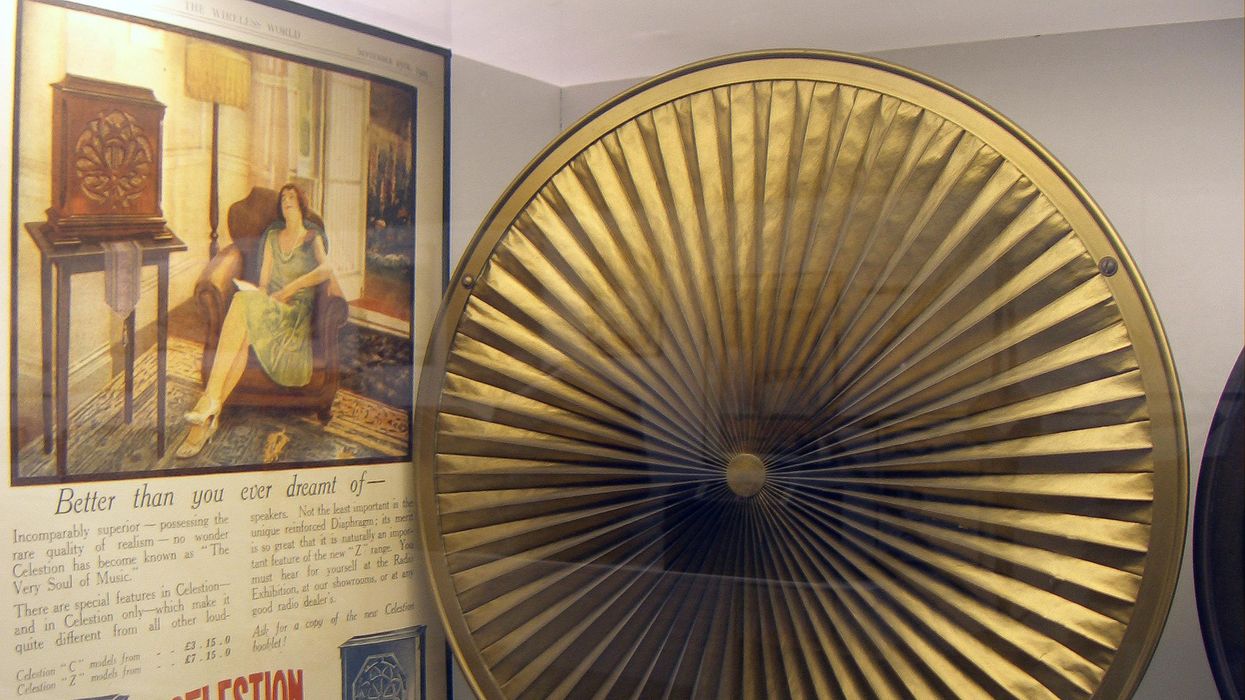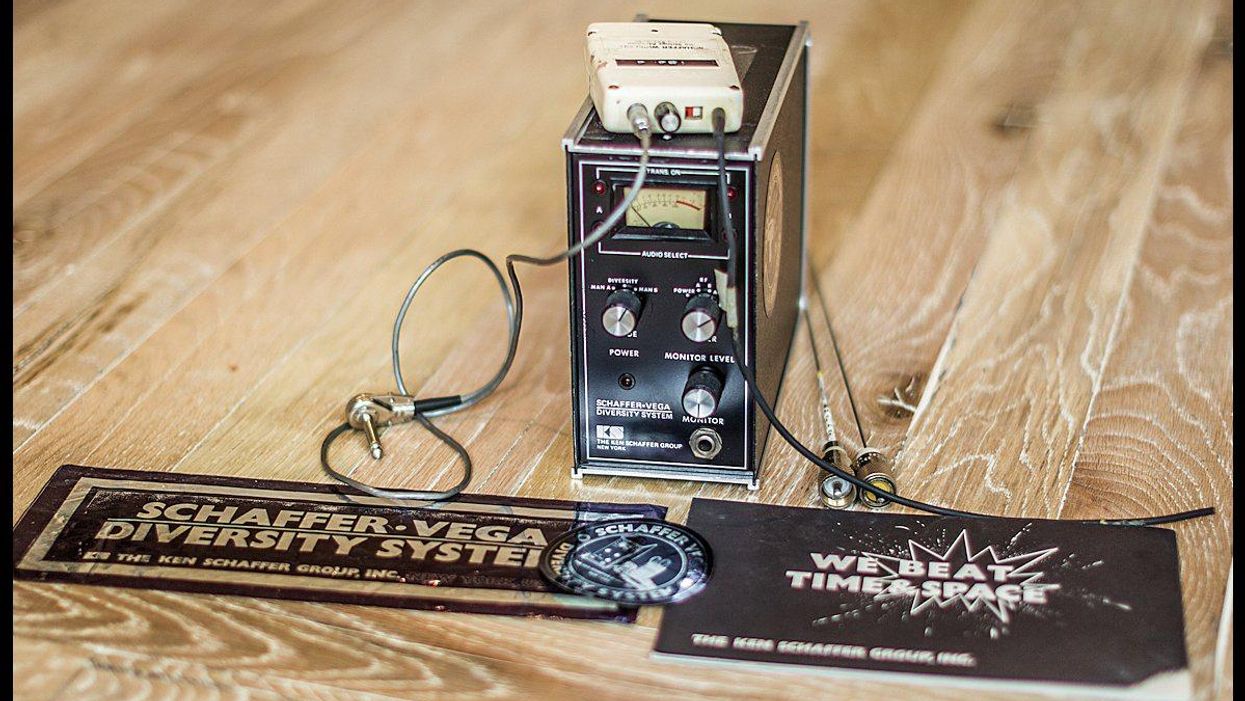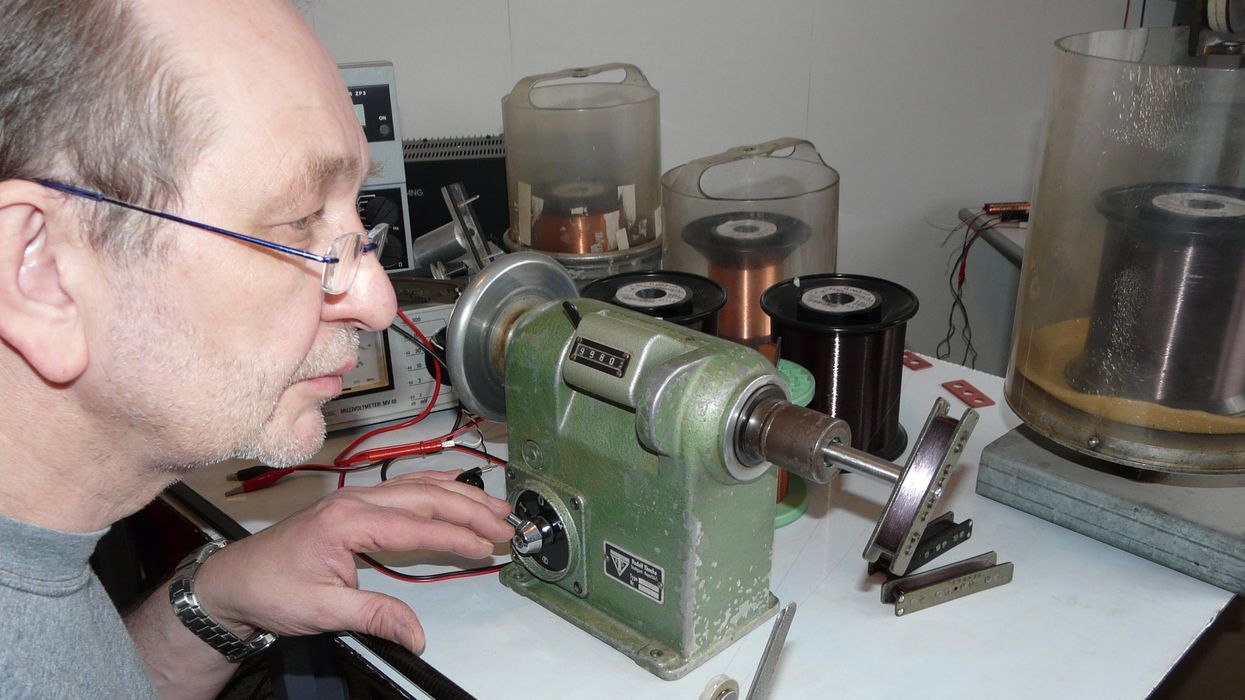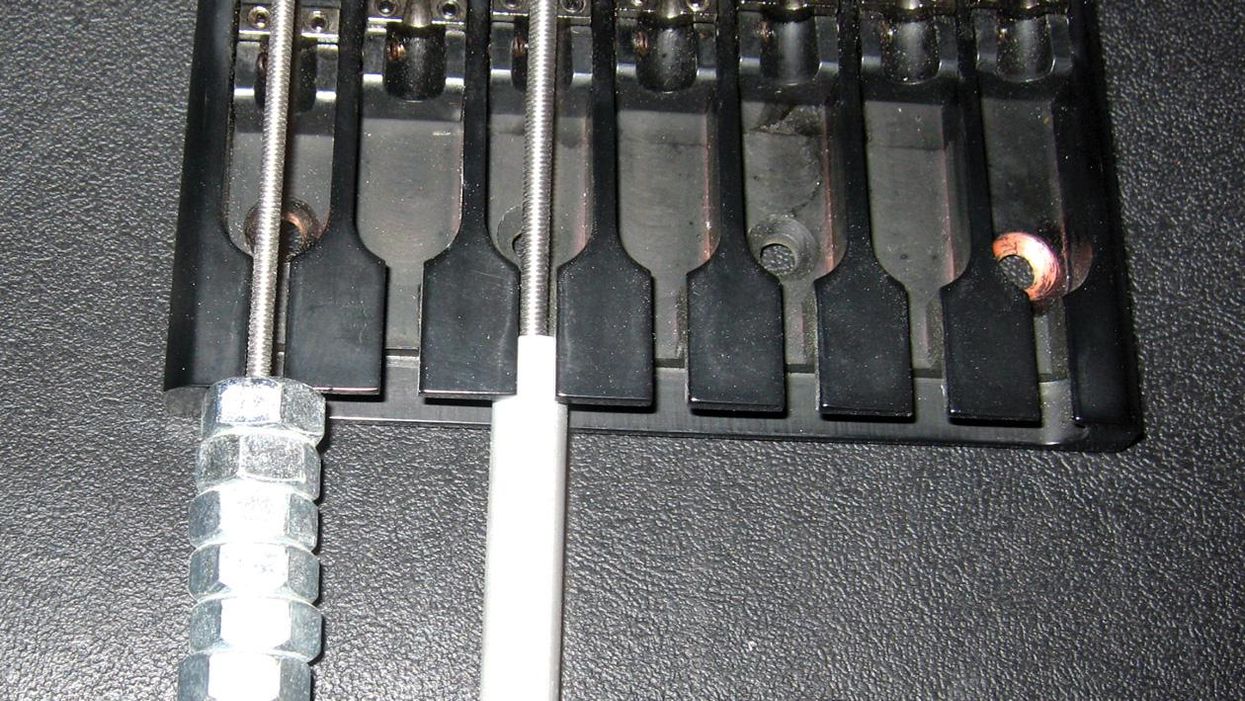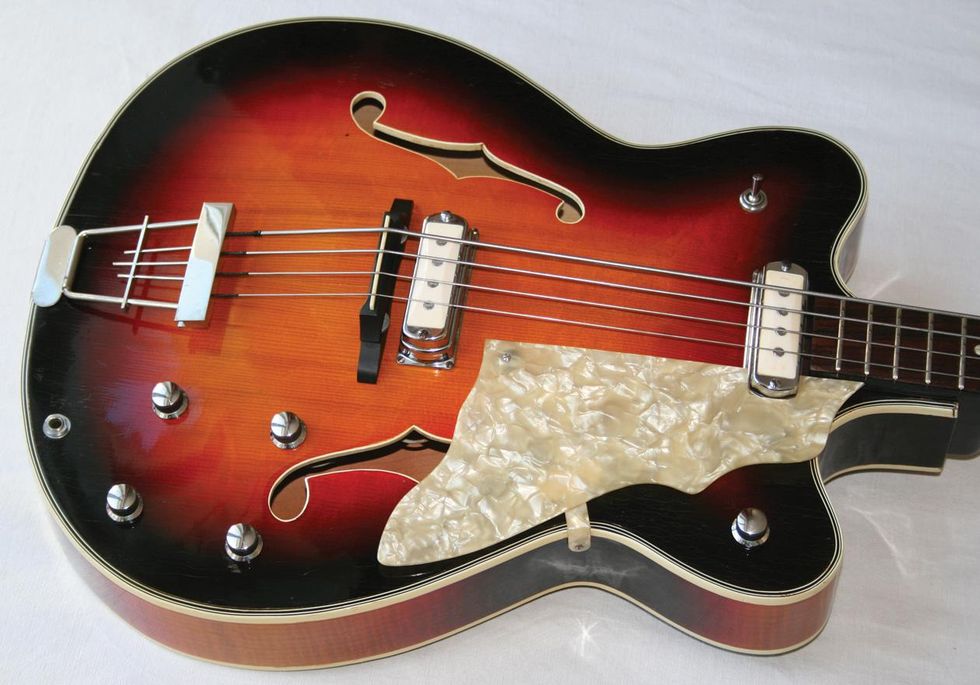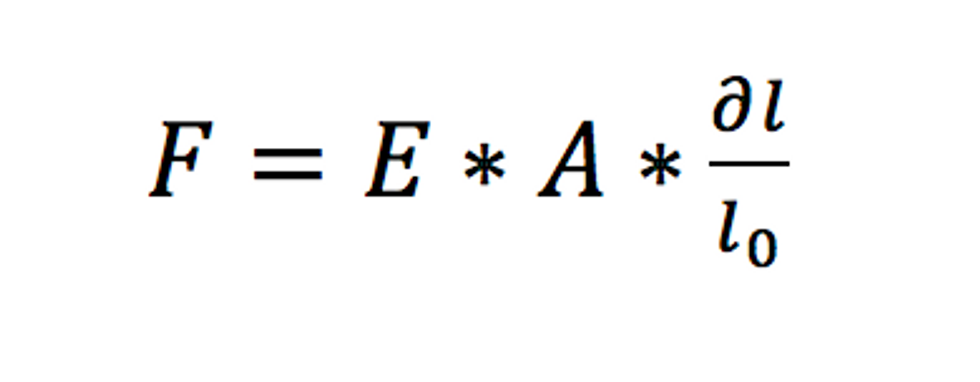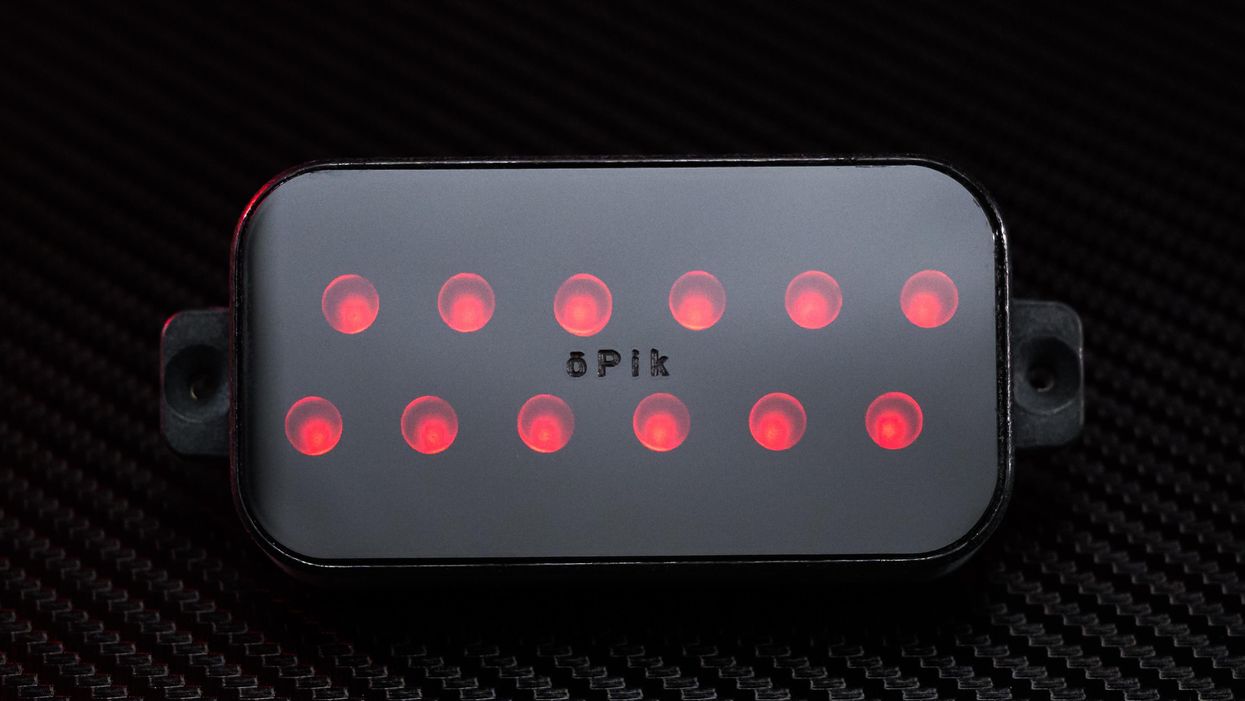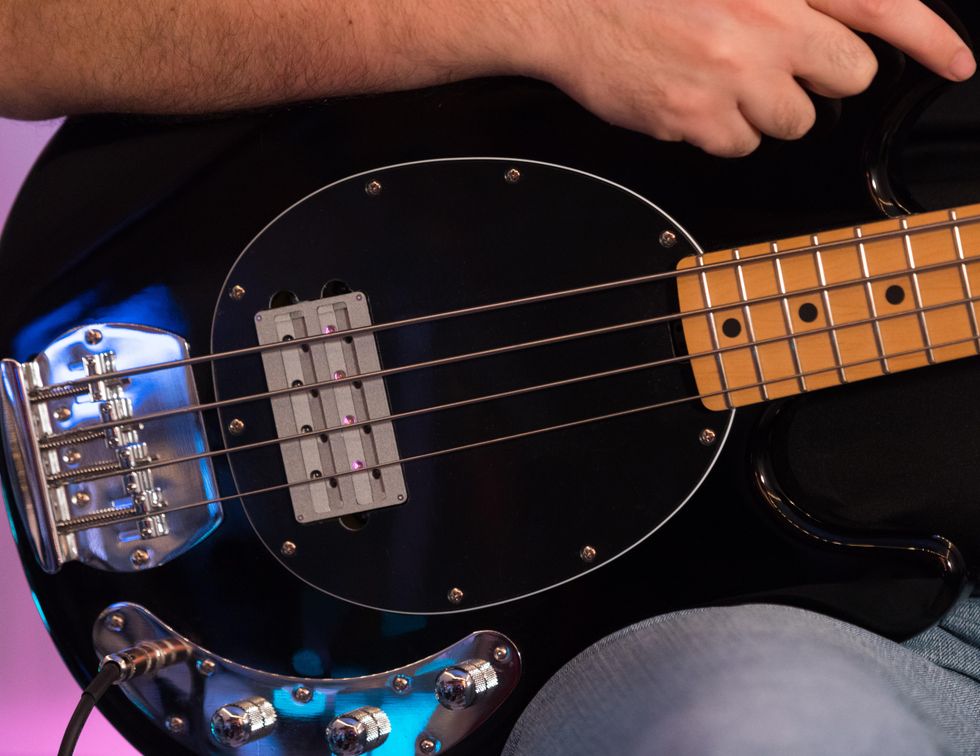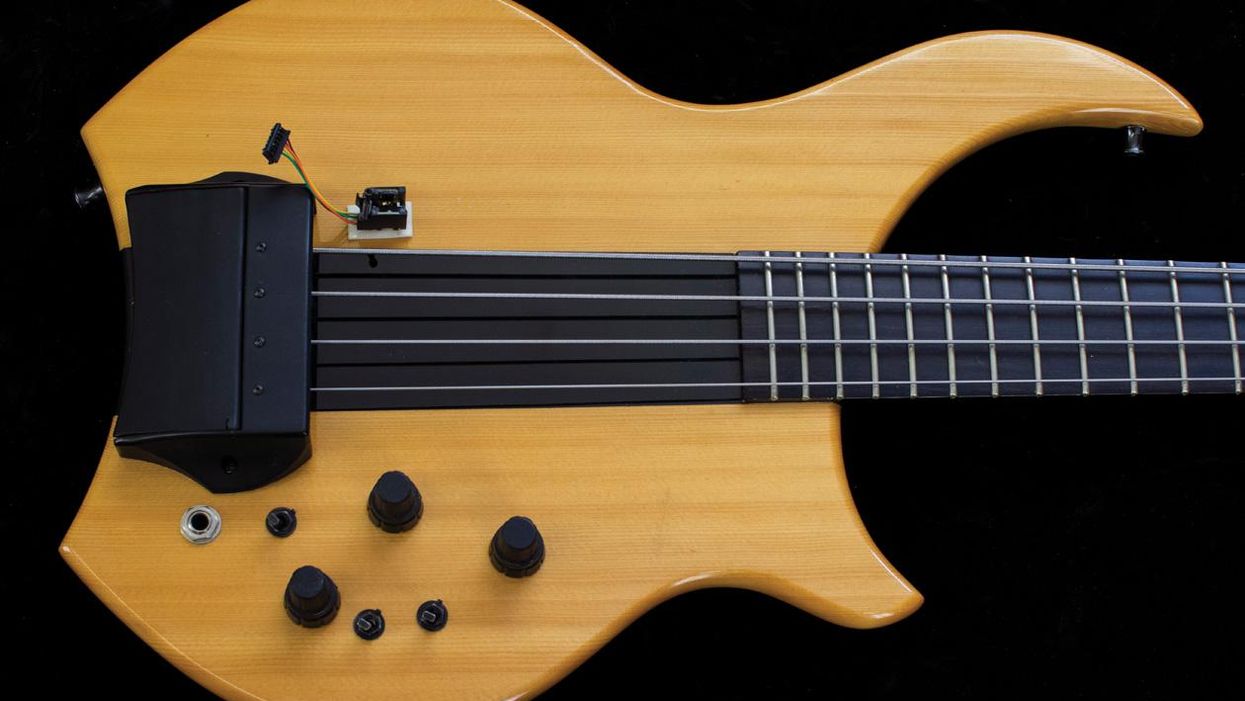Bassists are often quite well-informed about the details of their instruments, down to the finest technical specs. Many of us have had our share of intense discussions about the most minute differences between one instrument and another. (And sometimes those are interrupted by someone saying, "It's all in the fingers.") But right behind our backs, at the end of our output cables, there is a world of tone-shaping that we either simply ignore or just don't want to dive into too deeply. Turning a gear discussion from bass to amp is a perfect way to bring it to an abrupt end.
Since the beginning of our instrument's history, bassists have faced the fundamental and existential problem of trying to be heard. It's solved now, but too many players don't seem to be interested in how we got here. And it's not just bassists. Even some amp manufacturers haven't been concerned with the details. A few readers might remember that in my September 2019 column, I discussed class-D amp technology. As part of my research, I called a very respected amp manufacturer to get his insight into class-D technology. His stunning response was: "We simply checked some Asian-made modules and chose the one we thought sounded best, but I don't know and never cared how they work." Even the offer of a short technical introduction was met with blissful ignorance. So, if anyone thinks they don't need to know how their amp works, at least you're in good company!
Over the course of the last 80 years or so, the fundamental technology used in our amps has been replaced—and not just once. The technological changes came in several waves and another might be on the way.
Here we are now after this last wave of amp-tech: down from 300 watts at 40 kilograms or 88 pounds in the 1970s, to 500 to 1000 watts at 1 to 3 kilograms or 2 to 7 pounds today.
For the greater part of the last century, bass amps relied on tube circuitry, and it took until the middle of the century to make decently powerful, but heavy and fragile, amps. Unfortunately, guitarists used the same technology—and sometimes even the amps that were initially made for us. (Remember that our low-end needs about 10 times the power of a guitar amp to cut through!) So, as their volume increased, our need for more power just became greater. Our problem remained until the 1960s when amps like Ampeg's B-15 Portaflex and SVT entered the scene. High-output amplification manufacturers sprouted everywhere, enabling loud rock bands to move from clubs to stadiums.
Though the transistor quietly altered the landscape of radios and small solid-state amps during the early 1950s, it took until the late '60s before this technology made it into our rigs. The first companies to make solid-state amps were those who possessed a higher engineering background. Vox, for example, released one of the first solid-state bass amps, thanks to their prior experiences with solid-state circuits from their organs. Many smaller companies soon followed, although most earned a reputation for unreliability. But the technology developed at a breathtaking pace.

This Ashdown Little Giant is more powerful than the mighty SVT at less than 1/10th the weight!
Photo courtesy of wikimedia.com
During the 1980s, clean and powerful hi-fi-esque synth sounds became trendy. This benefitted bassists with the development of clever tone-shaping options, hybrid circuits with tube preamps, bi-amping, internal DIs, and even more power.
Once we were sure to be heard, it was time to look for other advantages, like reduced weight and size, and along came another wave of new amp technology: class D. (See my column "Signal Processing in Class-D Amps," September 2019.) The basic principle behind class-D technology is pulse width modulation (PWM), which sounds as if those with higher engineering skill would once again be in the lead. Instead, there are just a few manufacturers building class-D power modules, and amp builders can use those as the foundation of their own amps. Just get one of the modules, which come in different power ratings, add a power supply and a tone-shaping circuit, and you're done. With several competing manufacturers offering identical power amps, the individual strengths have fully shifted to the qualities of their tone-shaping circuitry and other add-ons or gimmicks.
Here we are now after this last wave of amp tech: down from 300 watts at 40 kilograms or 88 pounds in the 1970s, to 500 to 1000 watts at 1 to 3 kilograms or 2 to 7 pounds today. What could be the next move? It looks as if the power-to-weight ratio has reached an end for quite some time, but tone-shaping capabilities in preamps might shift from classic circuitry to profiling or modeling amps as a fourth wave. And this time it's clearly engineering competence that will make the difference. Can you imagine what instruments we'd be playing today if our basses had made similar progress?
